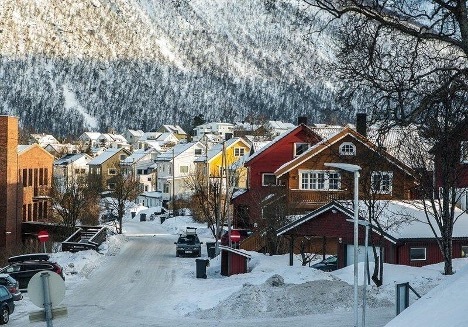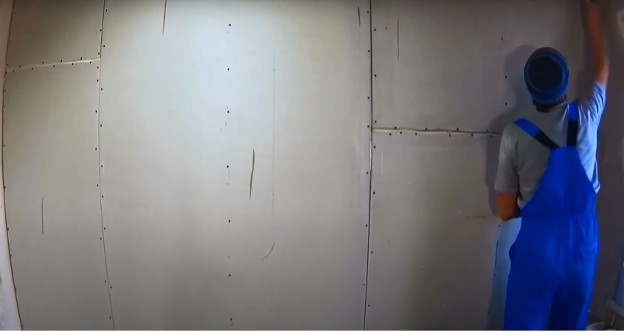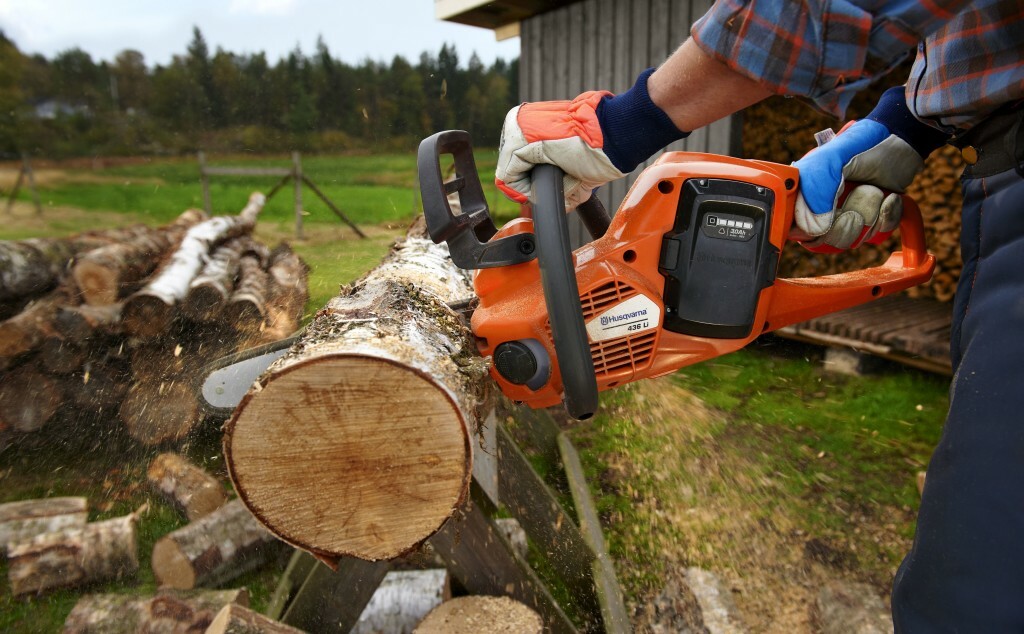Residents of Scandinavian countries such as Finland and Norway have long mastered methods of efficient heating and insulation of their homes to ensure comfortable living conditions during the cold season. The harsh climate of these regions requires a special approach to creating a cozy and warm space in private homes.
An important role in this process is played by the correct choice of insulation materials, which help retain heat inside the house, thereby reducing heating costs. Each of these countries has its own characteristics and traditions in the field of heating and home insulation, which makes this topic very interesting for research and analysis. This article offers a detailed overview of the main methods and materials used for insulating private houses in Finland and Norway, as well as examines heating technologies, including the “Finnish floor”, used in these countries to ensure comfort and coziness in cold weather of the year.

The content of the article
- How are houses heated in Norway?
- How are houses heated in Finland?
- How are houses insulated in Finland?
How are houses heated in Norway?
In Norway, a country with a cold climate, the issue of heating houses is very relevant. Norwegians use various methods and technologies to ensure comfortable and warm living in their homes. Here are the main ways to heat houses in Norway:
- Electric heaters and infrared panels are widely used in private homes.
- Heat pumps, including air source and geothermal, are also a popular choice among Norwegians. They efficiently use heat from the environment to heat homes, making them an energy-efficient solution.
- Thanks to the abundance of forest resources, fireplace stoves and wood-burning fireplaces are a traditional and efficient way to heat homes in Norway.
- Central heating systems with radiators or underfloor heating are also found in Norwegian homes. They can operate on the basis of gas or electric boilers.
- Although gas heating is less common than electric heating, some homeowners choose gas boilers to heat their homes.
- Solar collectors and photovoltaic panels are beginning to gain popularity as an auxiliary source of heating and electricity, especially in combination with other heating systems.
Each of these methods has its own advantages and disadvantages, and the choice of a specific heating method often depends on the homeowner's individual preferences, local conditions and economic factors.
How are houses heated in Finland?
In Finland, the issue of heating houses is especially acute due to the harsh climate of the country. To create comfortable living conditions during the cold season, Finns use various heating methods and technologies. Heating in private homes in Finland is provided by electric heating, heat pumps, fireplace stoves and wood-burning fireplaces. Electric heating is a popular choice due to its simplicity and efficiency, while heat pumps appeal to homeowners for their energy efficiency.
Central heating is also a common option, offering systems with radiators or heated floors using Finnish technology, which ensure uniform heat distribution throughout home. Gas heating is less common, but is found in some homes, especially in urban areas with access to gas networks.
In recent years, there has been a growing interest in alternative energy sources for heating. Solar collectors and photovoltaic panels are beginning to be used as additional sources of heat energy. Solid fuel boilers using wood or pellets are also of interest as an efficient and environmentally friendly solution for heating homes in Finland. These trends reflect Finns' desire to improve energy efficiency and reduce their environmental impact, which in turn leads to more sustainable and innovative heating methods.

How are houses insulated in Finland?
In Finland, various materials are used to insulate houses that can effectively retain heat during the cold months. The main insulation materials include mineral wool, ecowool, expanded polystyrene and polystyrene foam. Mineral wool has good thermal insulation properties and is a non-flammable material, making it a popular choice.
Ecowool, made from recycled paper products, is also in demand due to its environmental friendliness and good thermal insulation characteristics. Expanded polystyrene and polystyrene foam are budget-friendly and lightweight options, providing adequate insulation and ease of installation.
In addition, modern insulation technologies are also used in Finland, including the installation of triple glazing in window structures and the use of thermal insulating films and coatings, which provides additional energy efficiency and comfort in homes in cold weather of the year.


